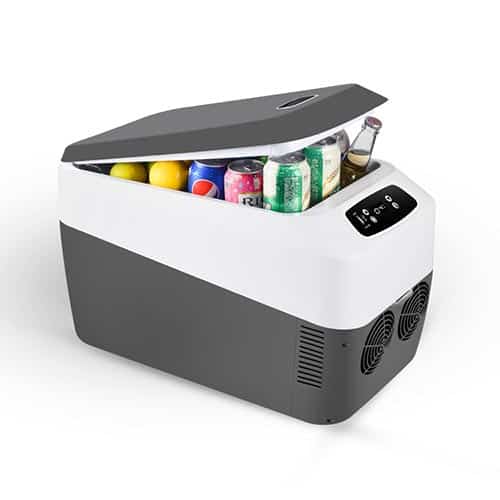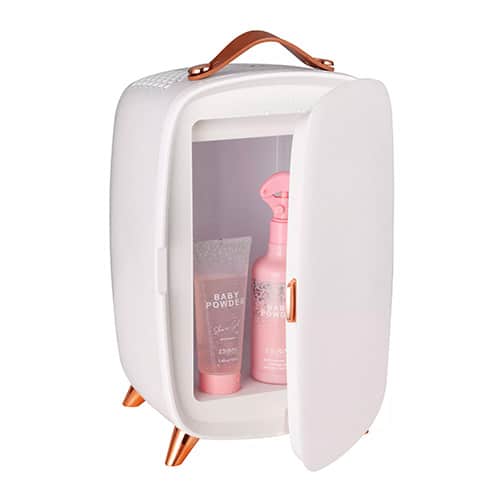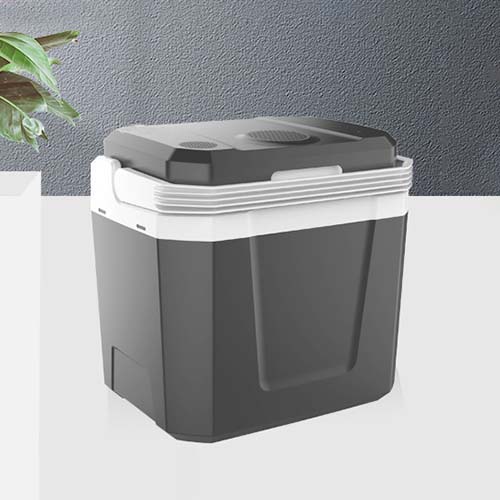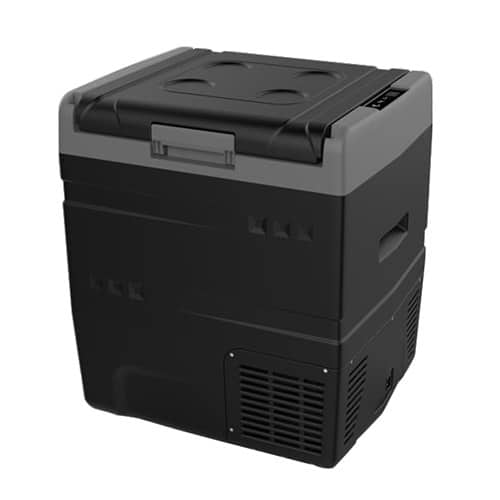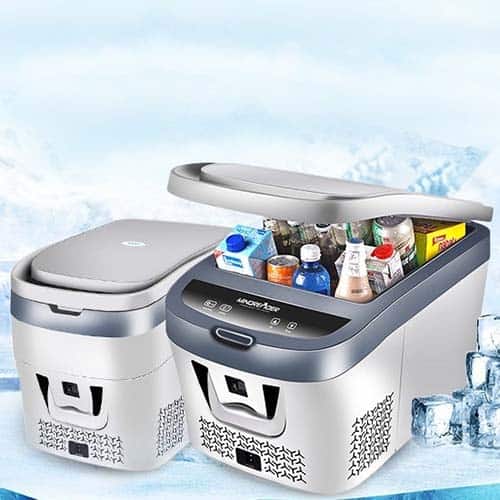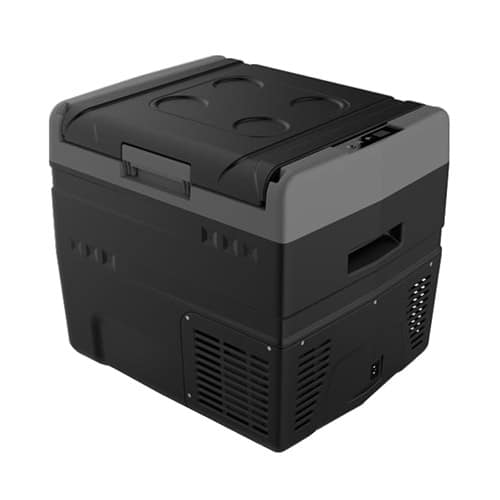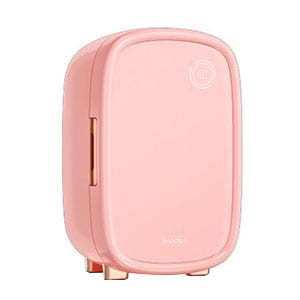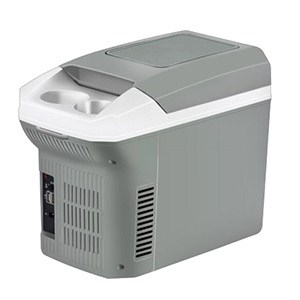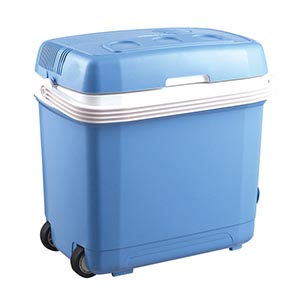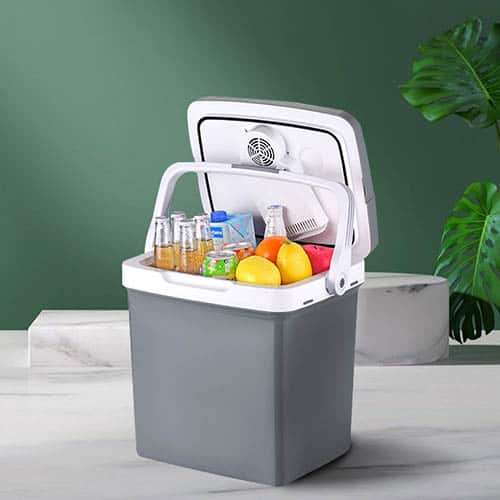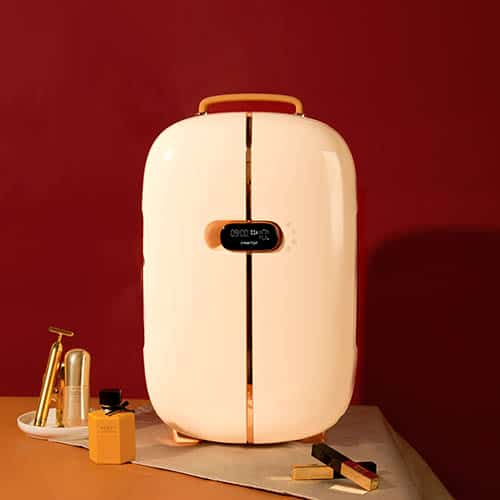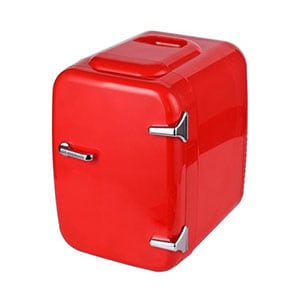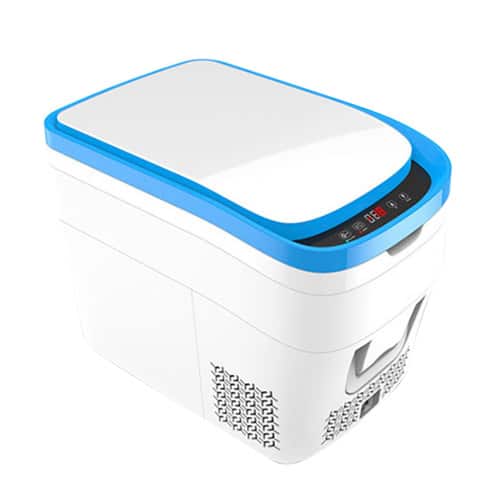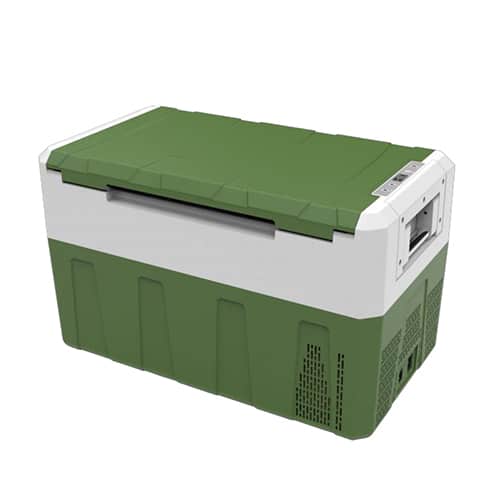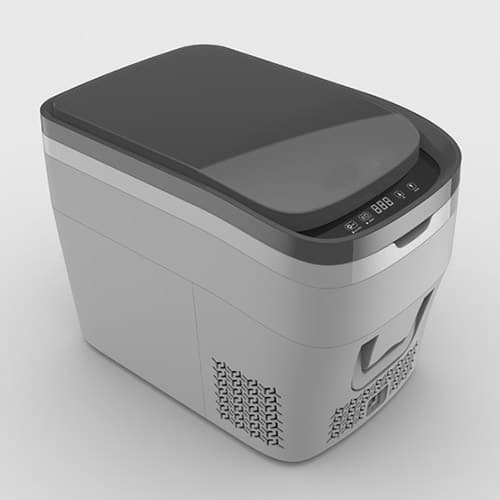A 12V fridge is the ultimate in camping comfort. Menus can be expanded to include pretty much anything you can cook at home, as long as you can fit it in the fridge. These days, portable fridges are extremely popular additions to any camping and 4WD arrangement, and if you head out regularly they become well and truly worth the expense.
However, a fridge requires a fair bit of energy to run – it’s almost always the highest consumer and you need to get that power from somewhere. There’s a lot of focus on solar panels and batteries, but there are a number of things you can do to reduce the energy consumption from your 12V fridge.
So, how can you reduce the energy consumption from your 12V fridge? Well, in a similar way to keeping ice cold for longer in an ice box actually.
1. Cool your items before leaving home
If you can avoid it, don’t put room temperature items in your fridge. It only makes it work harder, and use more power. If you are still plugged into 240V this doesn’t really matter, but we normally make a habit of pre-chilling items before putting them in the fridge.
Obviously, if you are on the road this is unavoidable, but pre-chill your food and drink where possible.
2. Crack the lid slowly
If you unlatch your fridge and yank the lid up, the rapid movement draws a huge amount of cold air out of your fridge and sends it into the atmosphere. Once you close the lid, the fridge has got to cool down the hot air that you’ve filled it with.
The trick is simple – crack the lid gently until it’s open about 10cm, then open it normally. This will stop most of the cold air from escaping, and save you a fair bit of power consumption.
3. Keep the fridge full
A full fridge works much more efficiently than an empty one. If you are running low on food and drinks in the fridge, bottles of water work very well. Once they are cool, you’ll save a heap of energy as they don’t immediately change temperature like air does when the lid is open.
4. Keep your fridge as cool as possible
The difference between a fridge operating at an ambient temperature of 25 to 40 degrees is huge. The hotter the air outside of the fridge, the harder your compressor has to work. Obviously, you can only control the ambient temperature so much, but you can control where your fridge is stored.
Parking under a tree, for example, will keep your vehicle much cooler, and reduce the amount of work the fridge has to do to keep your food and drinks cold. If you are parked up, open the back of the vehicle so it doesn’t heat up.
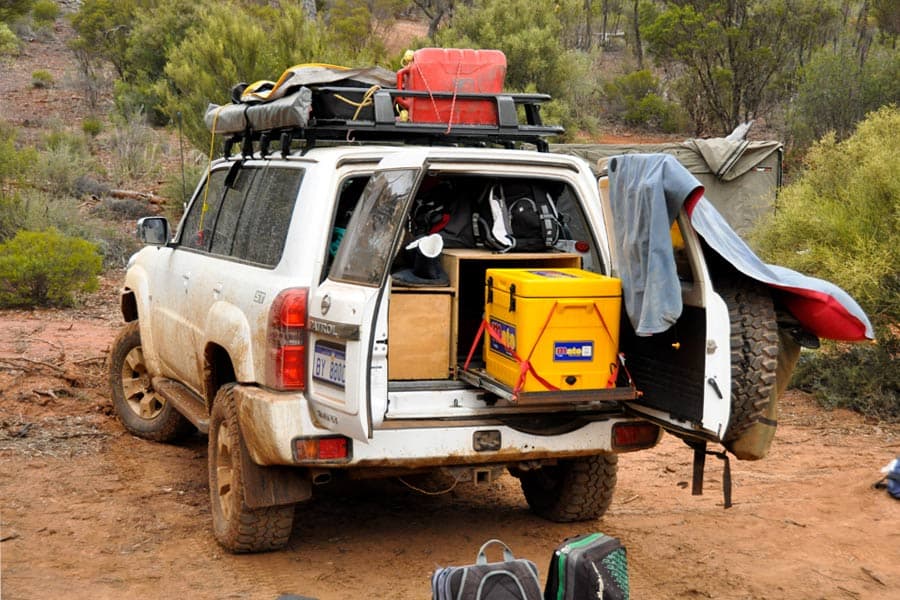
A fridge slide is a good way of keeping your fridge secure in the 4WD, but popping it out like this, when you’re at camp, ensures airflow.
5. Airflow is imperative
It’s all well and good having your fridge packed in tight, but if it can’t breathe freely you are making it work hard. Ensure the compressor has ample room to suck clean, cool air. If you have the fridge mounted in an enclosed area, consider using a little vent or computer fan, to aid air circulation.
Toolboxes on the front of camper trailers are popular for mounting fridges, but on a warm day, they can easily get to 65 degrees inside. While it probably won’t kill your fridge, it isn’t doing it any favors in terms of longevity, and most certainly will cause it to consume more power.
6. Fridge covers
You’ll see a lot of fridge manufacturers sell covers for their fridges. These help to protect the fridge, but also improve its insulation properties. The better insulated your fridge is, the less heat that can get in and the less cold air that can get out.
Next time you are at your fridge, touch the outside of it when the fridge is running. If it is noticeably cooler than the air around you, the insulation is allowing the cold to escape.7. Time and number of times opened
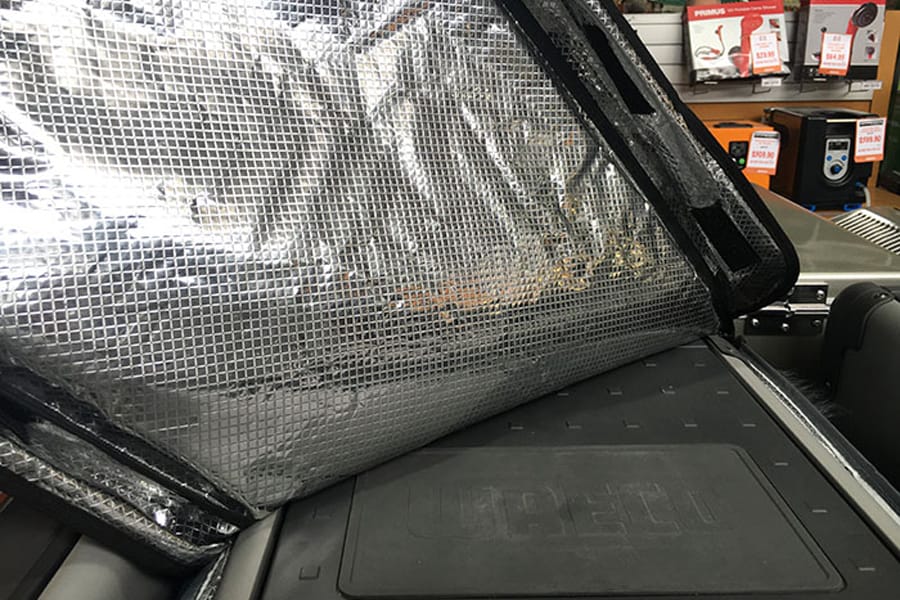
Fridge covers help insulate the fridge so that it runs cooler.
7. Time and number of times opened
The longer you leave your fridge open, the more it has to cool down when you shut it again. Make a habit of grabbing what you need quickly and shutting the lid.
If you know you are cooking something up, have a think about what you need before opening the fridge. I’m not saying limit yourself to only opening the fridge a few times a day, that’s silly. But anything you can do to limit the number of times you open the fridge the better.
As mentioned in the blog post on keeping ice from melting, perhaps have a small icebox at your disposal to keep drinks nearby to save you from having to open the fridge too often.
8. Shut the lid properly
While it’s easy just to drop the lid and not do the latches up, if any air can get in or out, it’ll make the fridge work harder. Take the extra 2 seconds to latch it closed.
9. Check the wiring
The power supply to your fridge needs to have adequate-sized wiring. If it is too small, you lose efficiency quite quickly. Usually, this is an issue from your battery to the fridge power point, especially if it’s running from the front of the vehicle to the rear. It’s recommended you run a 6 mm square cable, minimum.
There’s nothing quite like being able to pull a cold drink out of your fridge in the middle of nowhere. Enjoy the luxury, do what you can to conserve energy consumption, and if it’s still using too much, consider looking at improving your solar/battery arrangement. If you would like to find out more about car fridges, please feel free to leave a message online, chat with our team on WhatsApp +86 170 5109 5790 or send us an email at sales@kelylands.com. We always welcome your inquiries.

